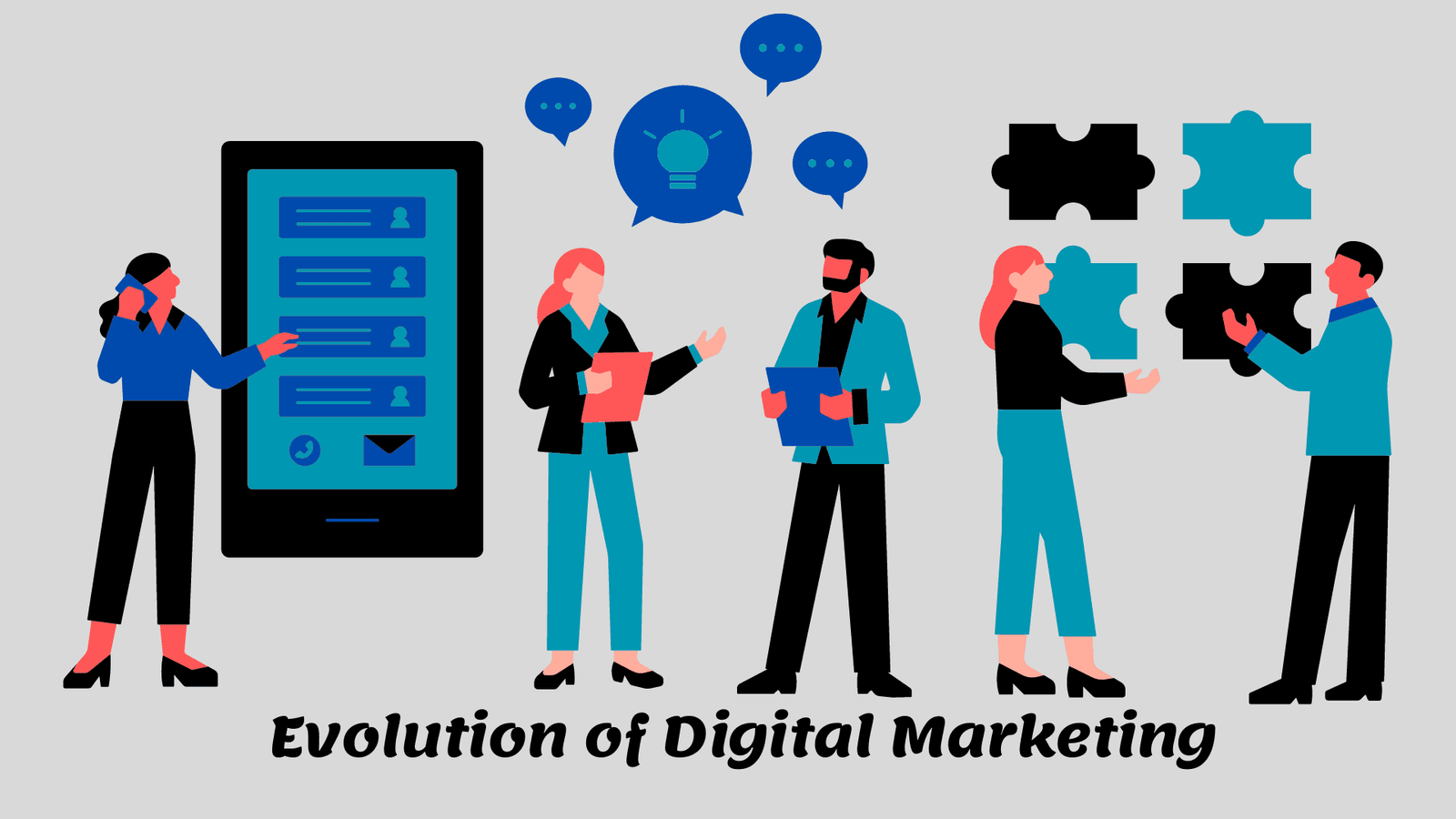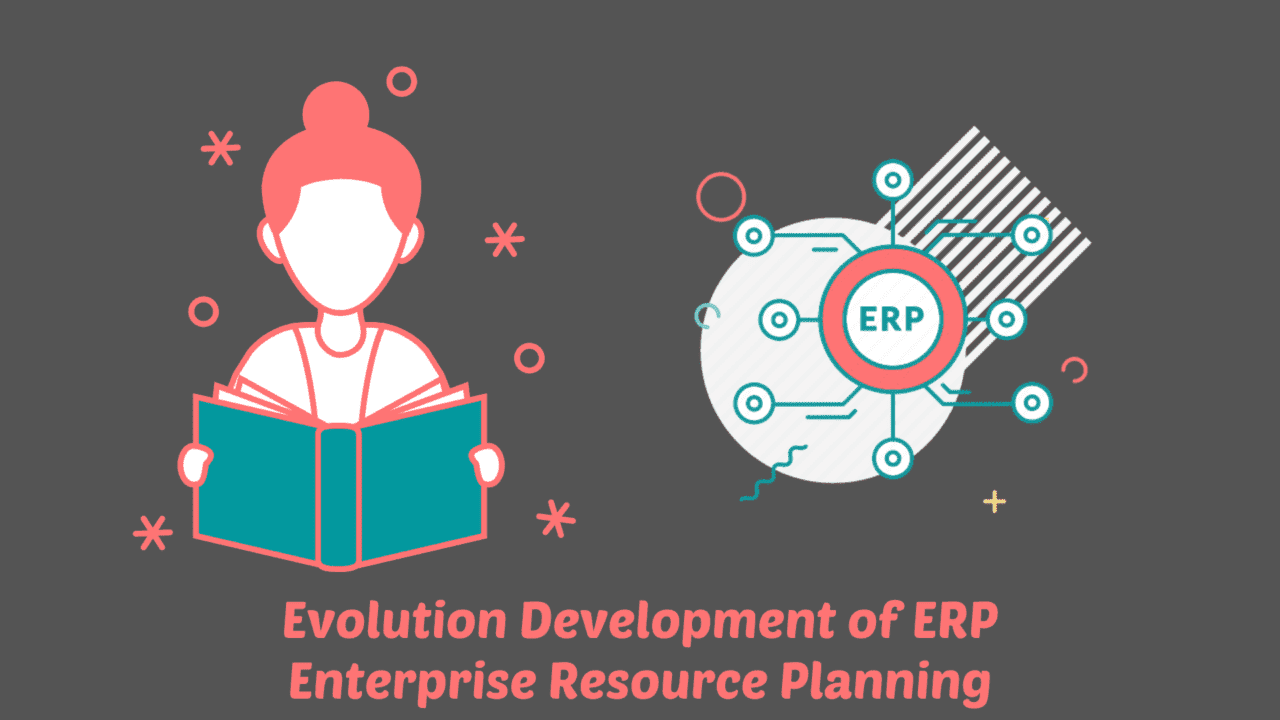Unveiling the evolution, features, and popular computer texting apps. Explore the world of seamless communication in this detailed article.
Smslocal: Discover the Convenience of Computer Texting Apps
Definition of a Computer Texting App:
A computer texting app is essentially a program that facilitates real-time messaging between individuals or groups over an internet connection. It allows users to exchange written messages and multimedia content, and even engage in voice or video calls without being restricted by geographic boundaries or time zones. These apps often come equipped with features like emoticons, file-sharing capabilities, read receipts, and typing indicators – enhancing the overall user experience.

Importance of Computer Texting Apps in Modern Communication:
The advent of computer texting apps has ushered in a new age of instant and convenient communication. In an increasingly interconnected world, these apps have become indispensable tools for both personal and professional interactions.
Whether it’s staying connected with friends and family across different continents or collaborating with colleagues on essential projects, computer texting apps offer unparalleled convenience and efficiency. Moreover, these apps have bridged the gap between various devices – allowing seamless synchronization between smartphones, tablets, and computers.
As a result, users can effortlessly switch between devices while retaining access to their entire messaging history. This flexibility ensures that important conversations are never missed regardless of the device being used.
Furthermore, computer texting apps have gained immense popularity due to their cost-effectiveness compared to traditional SMS services. With most messaging services offering free texts over Wi-Fi or mobile data connections, users no longer need to worry about exorbitant phone bills resulting from excessive communication.
This affordability combined with the ability to reach individuals globally has made computer texting apps an integral part of modern communication. Computer texting apps have redefined how we communicate by providing a convenient and efficient means of exchanging messages in real-time.
With their extensive features and widespread availability, these apps have become indispensable for personal and professional interactions. As society continues to embrace digital communication, the importance and popularity of computer texting apps are only set to grow further, ensuring that staying connected is just a click away.
Evolution and History of Computer Texting Apps
Dawn of Text-Based Communication Systems
In the early days of computer-mediated communication, text-based systems such as Internet Relay Chat (IRC) and ICQ revolutionized how people interacted online. IRC, launched in 1988, provided a platform for real-time group chat, allowing users to engage in discussions on various topics by joining channels. ICQ, introduced in 1996, pioneered instant messaging with its user-friendly interface and the ability to send messages directly to individuals.
The Emergence of Instant Messaging Platforms
With the advent of the internet boom in the late 1990s and early 2000s, instant messaging platforms gained immense popularity. Services like AOL Instant Messenger (AIM) and MSN Messenger became household names, connecting millions of users worldwide. These platforms offered real-time text-based communication between individuals, facilitating conversations that mimicked face-to-face interactions.
Transition to Mobile Devices: The Rise of SMS/MMS
The introduction of mobile phones brought about a shift in how people communicated through written messages. Short Message Services (SMS) and Multimedia Messaging Services (MMS) emerged as dominant forms of text-based communication on mobile devices. SMS enabled users to send brief text messages instantly, while MMS allowed for multimedia content sharing such as photos and videos.
Integration with Social Media Platforms
As social media gained traction during the last decade, texting apps seamlessly integrated into these platforms. Facebook Messenger and WhatsApp are prime examples of this integration with their messaging functionalities becoming an integral part of users’ social media experience. These apps empowered individuals to communicate through text messages within their existing social network connections or even reach out to strangers through group chats or public channels.
Key Features and Functionalities Offered by Computer Texting Apps
Text-based Messaging with Real-time Delivery
The hallmark of computer texting apps is their ability to facilitate instant and real-time communication through text messages. Users can exchange messages with individuals or groups, allowing for quick and efficient conversations regardless of distance or time zone.
Multimedia Sharing Capabilities
Computer texting apps have transformed communication by enabling the seamless sharing of multimedia content. Users can effortlessly send and receive photos, videos, and various document formats, enhancing the richness of conversation and bridging the gap between physical presence and virtual interaction.
Voice and Video Calling Options
Beyond text-based messaging, computer texting apps have evolved to include voice and video calling capabilities. These features enable users to engage in real-time audio or video conversations, creating a more personal connection that transcends written communication alone.
Group Chats and Channels for Collaborative Communication
One of the best features of computer texting apps is their ability to foster collaborative communication through group chats and channels. Group chats allow multiple users to engage in discussions simultaneously, facilitating teamwork, socializing, or planning events. Channels provide an avenue for broadcasting messages to a larger audience on specific topics or interests.
By understanding the evolution of computer texting apps from early text-based systems like IRC to the integration with social media platforms such as WhatsApp. We gain insight into how these applications have revolutionized modern communication. With key features like real-time messaging, multimedia sharing capabilities, voice/video calling options, and collaborative group chats/channels at our disposal through computer texting apps today, we continue to witness their impact on interpersonal connectivity across various digital landscapes.
Popular Computer Texting Apps in the Market
WhatsApp: An Overview of Its Features, Encryption, and Integration with Facebook
WhatsApp is undoubtedly one of the most widely used computer texting apps available today. This cross-platform messaging application offers a plethora of features that have made it immensely popular.
One of its key strengths lies in its seamless integration with Facebook. Allowing users to connect with their existing contacts effortlessly. WhatsApp supports text-based messaging with real-time delivery, ensuring quick and efficient communication.
Additionally, users can send multimedia files such as photos, videos, and documents easily. When it comes to security, WhatsApp also offers end-to-end encryption for all messages exchanged between users.
This means that only the intended recipient can access and decipher the messages sent, providing a high level of privacy and data protection. Moreover, WhatsApp frequently updates its security measures to stay ahead of potential threats.
Telegram: Focus on Its Security Features like End-to-End Encryption and Self-Destructing Messages
Telegram has gained significant traction among users seeking enhanced security and privacy in their computer texting app experience. Notably, Telegram boasts robust end-to-end encryption for all communications carried out through the platform.
This ensures that conversations remain confidential and are inaccessible to any unauthorized parties. In addition to encryption capabilities, Telegram offers a unique feature called self-destructing messages.
This allows users to set an expiration time for individual messages or entire conversations. Once the time elapses, the messages automatically vanish from both sender and recipient devices leaving no trace behind—ideal for sensitive or temporary information exchange.
Signal: Emphasis on Privacy-Focused Features like Secure Messaging Protocols and Disappearing Messages
Signal is renowned for its unwavering commitment to user privacy within the realm of computer texting apps. It employs state-of-the-art secure messaging protocols that ensure end-to-end encryption for all conversations.
This means that neither Signal nor any other third party can access the contents of messages, providing users with unparalleled privacy and peace of mind. Furthermore, Signal offers a unique feature known as disappearing messages.
With this functionality enabled, messages sent through Signal automatically disappear after a specified period, leaving no trace behind. This ensures that sensitive or time-sensitive information is not stored indefinitely on devices or servers.
Viber: Highlight its Unique Offerings such as Stickers, Games, and Public Chats
Viber stands out from other computer texting apps due to its array of distinctive features. One of its most notable offerings is a vast collection of stickers. That allows users to express themselves creatively in conversations.
These stickers range from emojis and GIFs to customized characters and animations. Moreover, Viber offers an entertaining element by integrating games within the app itself.
Users can challenge their contacts or engage in multiplayer gaming experiences while still enjoying the convenience of text-based messaging. Additionally, Viber boasts public chats where users can join communities based on their interests or follow influential figures across various industries.
This feature enables seamless engagement with like-minded individuals and facilitates meaningful conversations on specific topics. When it comes to computer texting apps, WhatsApp, Telegram, Signal, and Viber each offer unique features and functionalities catering to different user preferences.
While WhatsApp excels in seamless integration with Facebook and overall versatility, Telegram focuses on advanced security measures such as end-to-end encryption and self-destructing messages. On the other hand, Signal places utmost importance on privacy through encrypted communications and disappearing messages.
Viber stands out with its extensive sticker collection for expressive conversations along with fun games and public chats for engaging user experiences. Choose the best text from a computer app that aligns with your communication needs. While considering these distinct offerings within each platform’s ecosystem.
Niche Subtopics within Computer Texting Apps
Unique Features
Within the realm of computer texting apps, certain unique features set them apart and enhance the user experience. One such feature is the ability to send self-destructing messages. This functionality allows users to set a timer for their messages, ensuring that they automatically delete after a certain period.
This feature adds a layer of privacy and security to conversations, especially when sensitive or confidential information needs to be shared. By implementing self-destructing messages, computer texting apps enable users to have peace of mind knowing. That their private conversations won’t linger indefinitely in the digital realm.
Whether it’s discussing personal matters or sharing business-related information. This feature offers an extra level of control over the lifespan of messages. Another unique feature found in some computer texting apps is the use of reaction emojis.
These are an extensive range of emojis specifically designed for users to react and respond to specific messages more expressively. Rather than simply typing out a response or relying on generic emojis. These specialized reaction emojis allow users to convey their emotions more accurately and vividly.
The inclusion of reaction emojis enhances communication by adding nuance and depth to conversations. It adds a touch of personalization by allowing individuals to select from a wide array of emotions. This can be especially useful when engaging with friends, family, or colleagues who may be using the same computer texting app.
Customization Options
In addition to unique features like self-destructing messages and reaction emojis, many computer texting apps offer customization options for users looking to personalize their messaging experience further. These customization options can include themes, wallpapers, font styles, notification sounds, and even custom chat backgrounds. Users can choose from various themes or color schemes provided by the app developers. Allowing them to tailor the appearance of their messaging interface to their liking.
This level of customization not only adds a personal touch but also enhances user engagement and satisfaction. Furthermore, some computer texting apps allow users to set unique notification sounds for specific contacts or groups, enabling them to identify incoming messages without even looking at their screens.
Along with this, customizable chat backgrounds can be chosen to reflect one’s mood or interests, providing a visually appealing backdrop during conversations. By offering these customization options, computer texting apps empower users to create a messaging environment. That aligns with their preferences and reflects their individuality.
Conclusion
In this era of digital communication where efficiency and convenience are paramount, computer texting apps have revolutionized how we connect and interact with one another. With unique features such as self-destructing messages and reaction emojis. These apps offer heightened privacy and emotive expression that traditional forms of communication often lack.
The ability to customize various aspects of the messaging experience adds a layer of personalization and engagement for users who seek a more tailored interface. Whether it’s setting notification sounds or selecting chat backgrounds. That resonates with one’s personality, computer texting apps strive to provide an immersive and enjoyable platform for communication.
As technology continues to advance, we can expect even more innovative features in future iterations of computer texting apps. These developments will further enhance our digital conversations by providing us with greater control over our messages’ lifespan and expanding our expressive capabilities beyond mere words.
Embracing the possibilities offered by computer texting apps opens up exciting avenues for connecting with others. While maintaining privacy and adding a touch of personal flair. So let us continue exploring the vast landscape of these remarkable tools. As they evolve into ever more sophisticated means of communication.

















